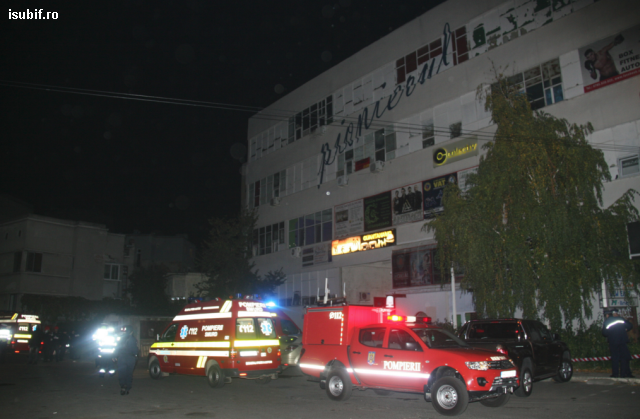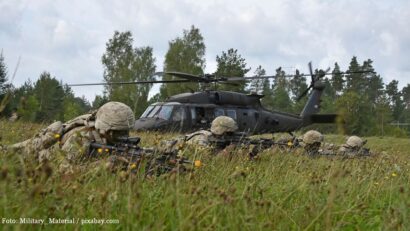Lessons from a Tragedy
October 30, 2015 is one of those days that Romania will never forget. What should have been for many young people a nice weekend night out at a rock gig, turned into the bleakest day of their lives.

Corina Cristea, 13.11.2015, 14:21
October 30, 2015 is one of those days that Romania will never forget. What should have been for many young people a nice weekend night out at a rock gig, turned into the bleakest day of their lives. The last one, for tens of them. For other tens of young people it was the first day of a completely different life, marked by complex and unpredictable medical interventions, physical pain and grief caused by the nightmarish moments in Bucharest’s Colectiv nightclub, where a fire changed the destinies of hundreds of people in a matter of seconds. The tragedy brought to light many and serious administrative and legislative flaws. It sparked emotion, solidarity with the victims and outrage at the perceived culprits.
The authorities launched inspections in all clubs and bars in Romania. A mere 10% of them comply with the relevant legislation, experts say, and warn that in case of an earthquake, for instance, thousands of people would die in Bucharest’s Old City. The Romanian Society of Architects warns that the fire at Colectiv has revealed severe irregularities and errors in the fire safety authorisation and inspection process. The president of the Romanian Society of Architects, Serban Tiganas, explains in an interview with Radio Romania that the situation of big city architecture in Romania is rather poor:
“One of the reasons has to do with the legislative framework regulating the constructions sector. Romania is still governed by an obsolete outlook, which does not focus on the soft elements, so to say, the elements that are harder to assess or measure, such as the overall quality of architecture, and in which the essential thing is for the building not to come crumbling down during an earthquake, not to kill you while using it and to have enough polystyrene insulation to preserve heat. That’s just about it. So we have a rudimentary, imbalanced system of laws governing this sector. The second major problem is related to the enforcement of these laws, such as they are, with obviously good and reasonable parts, although difficult to implement. Romania is in a position where the inspection, fines and everything else entailed by enforcing these regulations face a lot of obstacles. And this is something everyone has learned well: you can build pretty much anything or stray from what the permit allows you to build, and nothing happens. And that is a disaster. The third problem is a matter of education, and here we have two aspects. On the one hand, there’s the education of the professionals in this sector. Our profession is subject to the pressure of degradation or of a loss of efficiency and coherence. On the other hand, there’s the education of the general public, in other words, you cannot have great architecture or be a good architect unless you have good clients. A good client is someone who understands the need for high-quality space, therefore the need for good architecture, instead of just focusing on cutting costs, as is usually the case in Romania.”
The money was also the reason why the owners of Colectiv nightclub chose cheap and unsuitable material for sound insulation, a type of sponge that lighted instantly from the fireworks that were part of the show. The fire spread quickly and a thick smoke, heavy with toxic gases, caused severe internal burns to the victims. Meanwhile, the law regulating the authorisation of nightclub running, which was already under revision, was tightened, with fines substantially increased, the owners who breach regulations subject to criminal charges and the clubs closed down.
On the other hand, Romania saw the exemplary mobilisation of civil society. Tens of thousands of people lit candles and laid flowers, organised silent marches and felt compelled to join in the support efforts. Thousands of people queued in hospitals to donate blood. Here is the director of the Bucharest Transfusion Centre, Doina Gosa:
“This mobilisation is impressive, to be honest I have never seen anything like this in my life. People were extremely responsive to this tragedy… To the fact that most of the victims were so young, and died or suffered terrible burn injuries… As we all know now, the greatest possible physical pain is the one caused by burns. We’ve seen on all television channels that the doctors who gave first aid were also deeply affected and sympathised with the victims, although doctors are trained to do this and are accustomed to crises, to severe injuries and all sorts of traumas.”
The tragedy prompted tens of thousands of people to take to the streets, in Bucharest and other cities in Romania and abroad. They demanded a reform of the entire political class, and following their protest, the Victor Ponta cabinet stepped down.






























